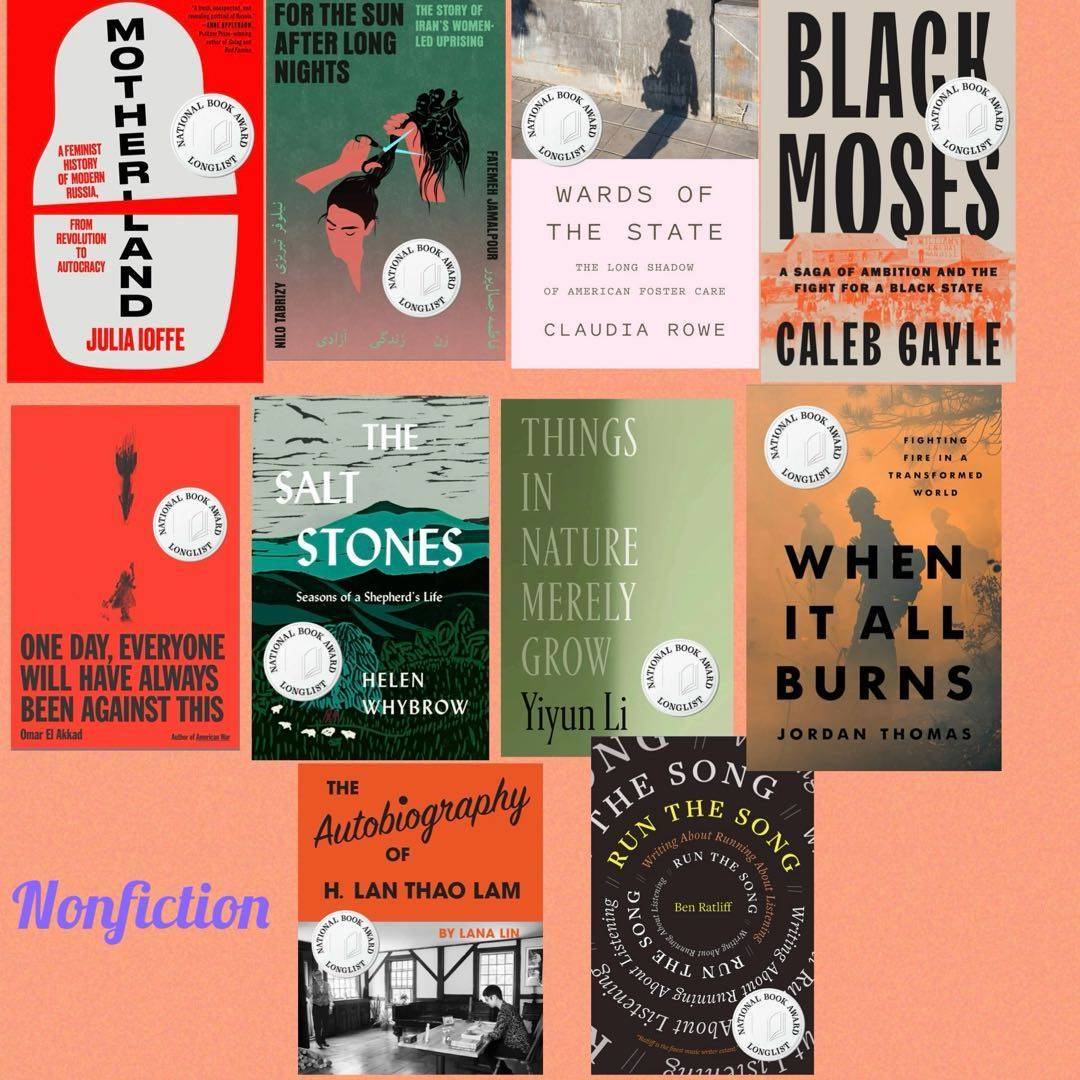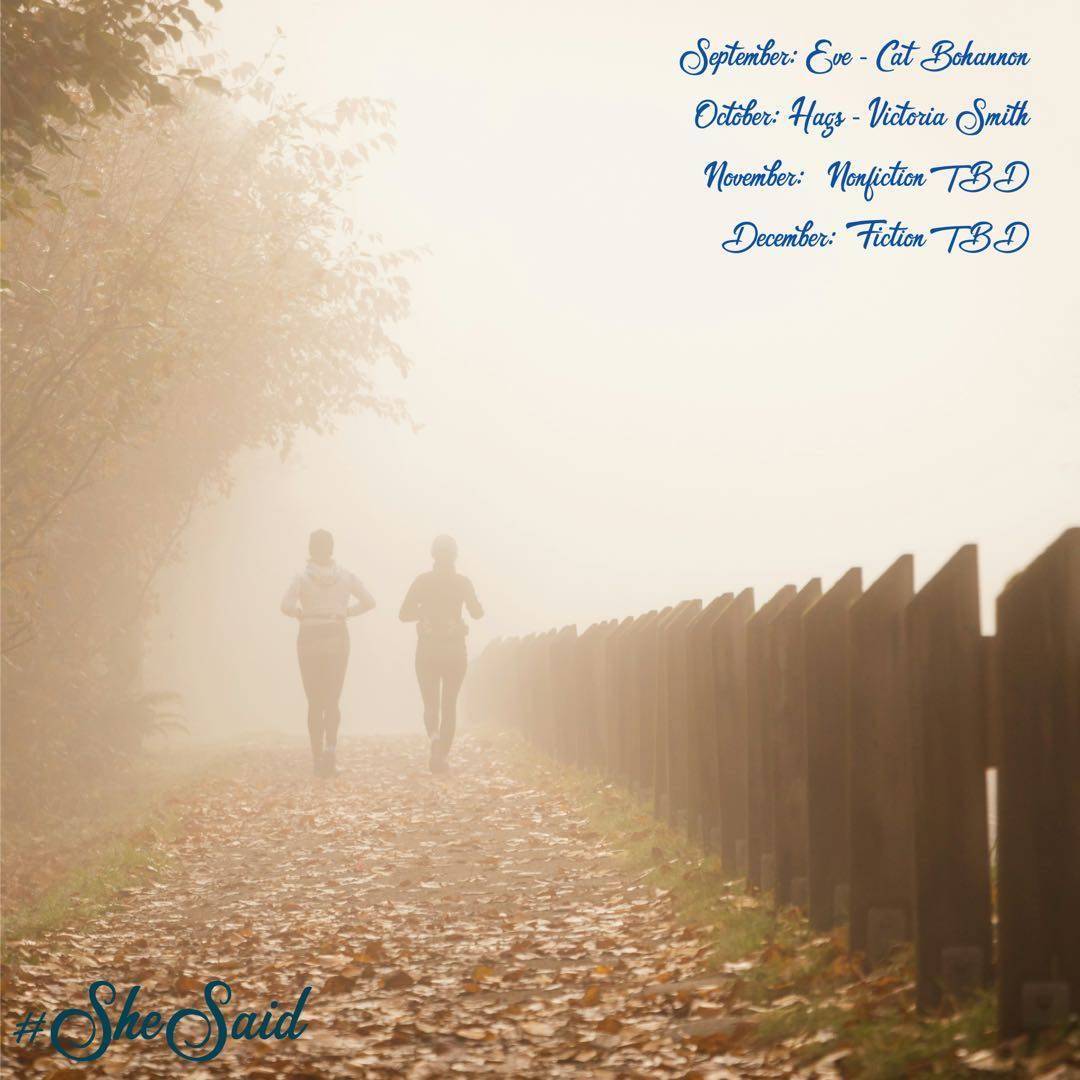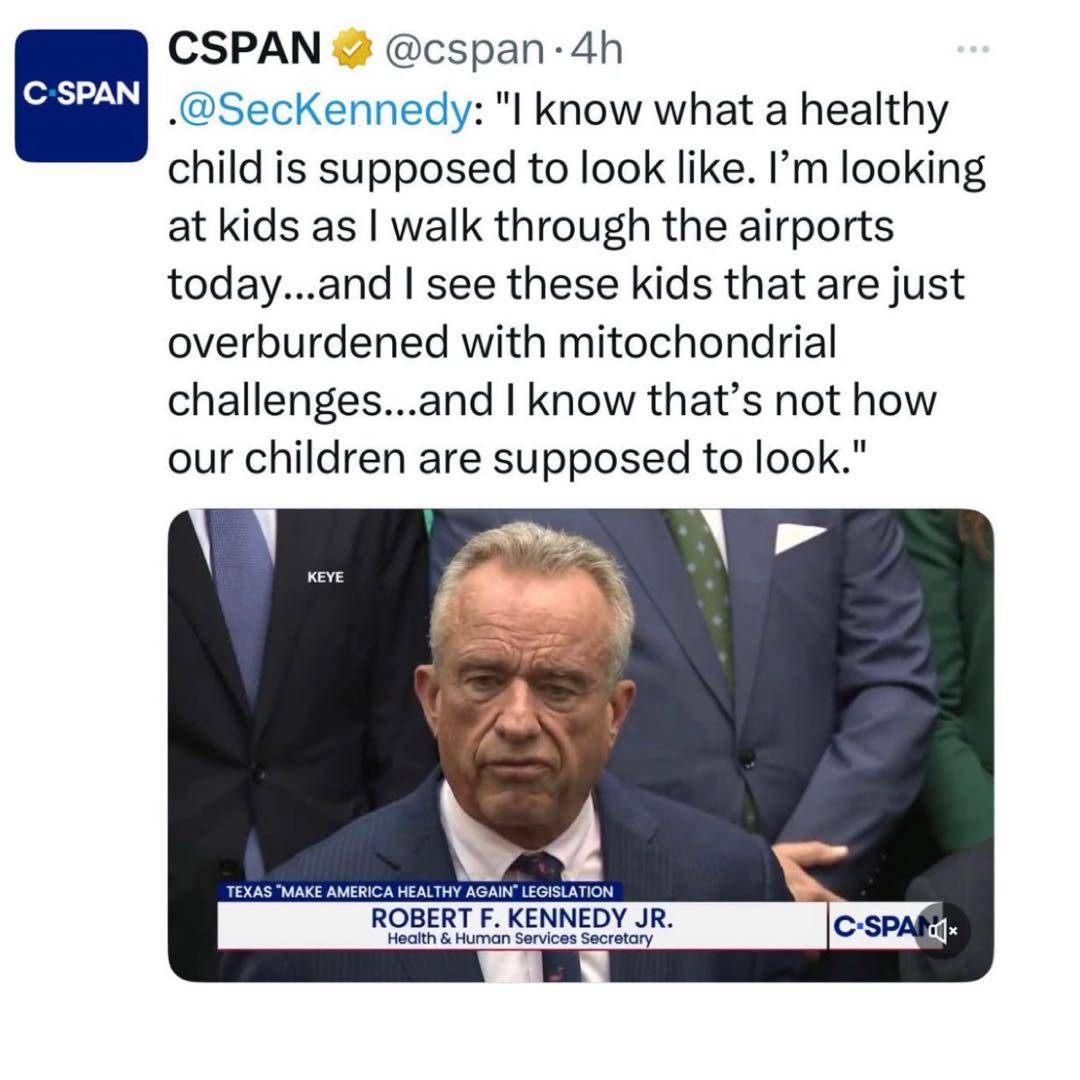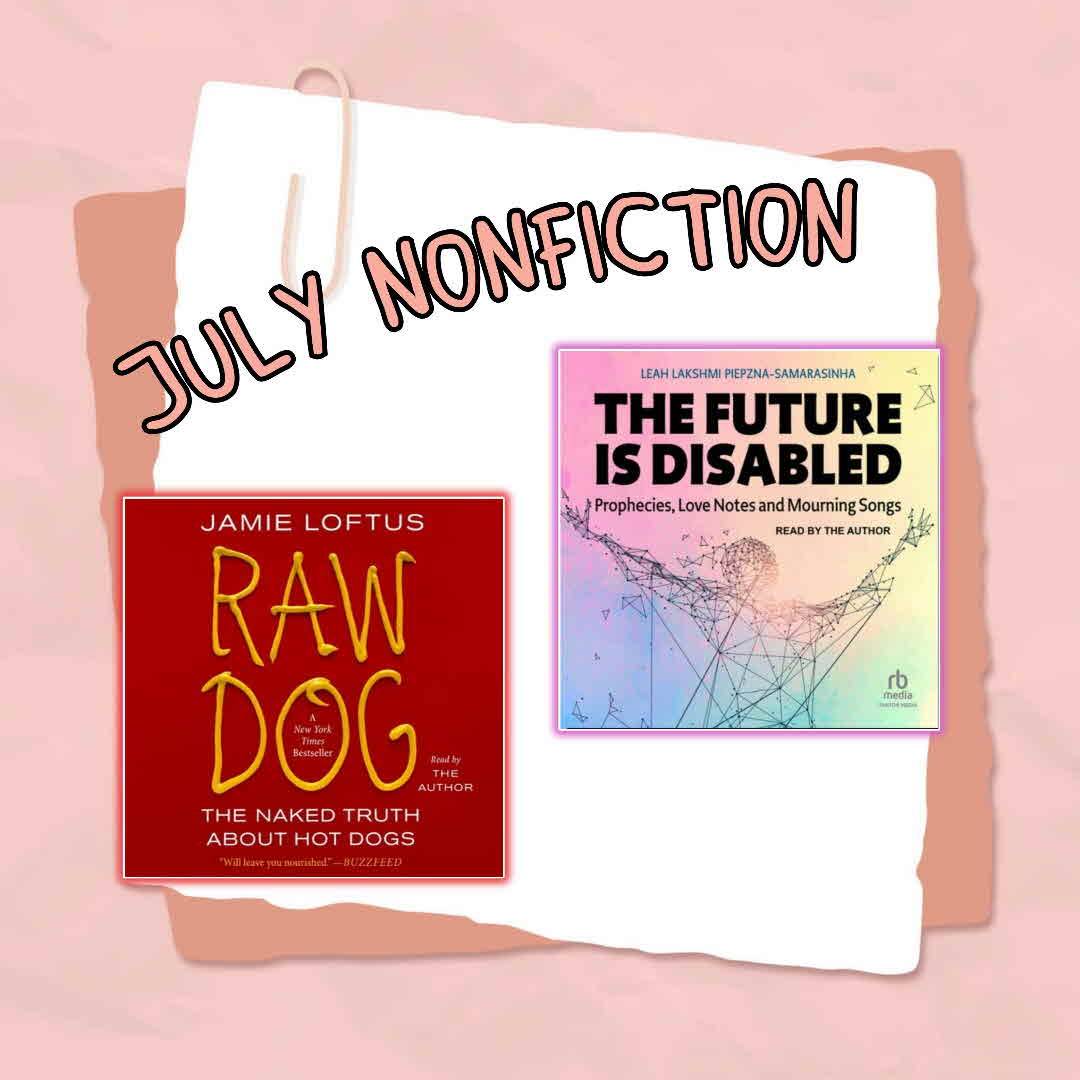
September #MonthlyNonfiction2025 reads @julieclair
All three were great reads!

September #MonthlyNonfiction2025 reads @julieclair
All three were great reads!

This is the list every year that really excites me—the nonfiction NBA longlist! As usual, this year‘s list is super topical and I‘m delighted to see it‘s very feminist as well. Again, I‘ve read 2, the El Akkad and the Li, both terrific. Run the Song seems the odd one out for me and I‘m most curious about Motherland, which isn‘t out yet.

Repost for @Riveted_Reader_Melissa
And just a reminder #SheSaid of what is coming up in October…and time to start nominating some new books to read again. What‘s on your radar, to read list, caught your eye lately. Please tag them below and I will get a voting 🗳️ group together!
Original post - https://www.litsy.com/web/post/2896864

And just a reminder #SheSaid of what is coming up in October…and time to start nominating some new books to read again. What‘s on your radar, to read list, caught your eye lately. Please tag them below and I will get a voting 🗳️ group together!

Someone learned a new science word & is flashing it around like he knows what it is. You can‘t see mitochondrial disorders. I don‘t know what he‘s trying to imply. Mitochondrial disorders are not very common (I worked with a handful of kids in early intervention that had these disorders & I worked with the medically complicated kids at Duke). I really wish the news would ask him to define what a mitochondrial challenge looks like. Also how

July #MonthlyNonfiction2025 reads @julieclair
It was interesting that both of these books discussed the covid pandemic and its affects on the main subject. Serendipitous timing

Looking forward to seeing everyone‘s August selections for #MonthlyNonfiction2025 !
Chapter 3
This chapter helped me think more about what it looks like to support a whole class of readers. I like how Kittle balances structure and trust. She's paying attention without turning reading into a chore. Tracking page numbers just to check in, not to grade, really stood out. The part about helping students set personal goals also made sense. It's like a way to help them take ownership without making it all about points.
I worry about my ability to meet students where they are while also pushing them. It seems contradictory, but necessary. I also think it is important to keep in mind that if I know that a student doesn't like reading that they might not want to be aware of the fact that I'm challenging them but when they realize over time how theire reading habits have changed it will make them feel good.